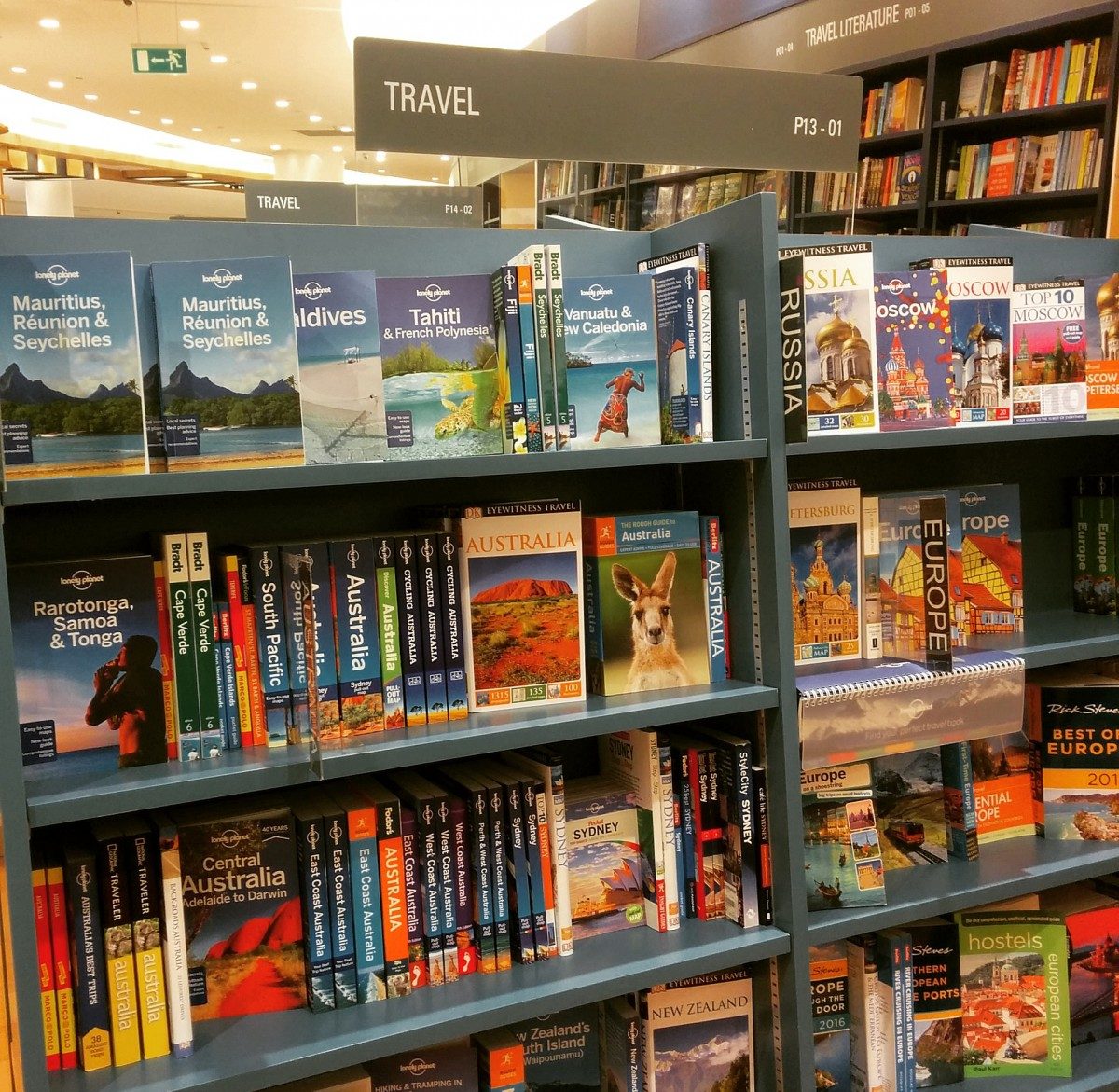“Chernobyl” or “neighboring Russia” are probably the first things that pop up in most heads when they hear ‘Ukraine’. Believe me, the country is no short of a treasure trove of historical events, offbeat museums, mouthwatering food, art, and deep underground metro stations.

Casual street view near the Golden Gate, Kyiv
The capital Kyiv is built on seven hills and named after the oldest brother among the four Slavic siblings (Kyi, Schek, Khoryv & Lybed) who founded the city in the 5th century. You probably won’t feel it much while you take the underground metro or a cab to commute in Kyiv, but once you set on foot, there’s a lot of climbing to do!

Always happy exploring a new city!
Culture tidbit: If you ever wondered what the difference between Kyiv and Kiev was, here’s a quick explanation. “Kyiv” is an official Latin transliteration of the city’s name in the Ukrainian language. “Kiev” however was part of ‘Russification’, Russia’s way of banning the use of Ukrainian language in print and other actions during the Soviet Era (1922-1991) to strengthen Russian linguistic and political positions in Ukraine.

A scene from the ‘Making of Ukraine’ museum
Coming back to present-day Kyiv, what stands out the most are its pear-shaped golden domes adorning the white and blue-hued cathedrals. The capital played an important role in preserving the traditions of Orthodox Christianity especially in the times of the domination of Catholic Poland and the atheist Soviet Union.

Saint Michael’s Golden Domed Monastery (Ukrainian Boroque architecture)
These cathedrals and churches have the most awe-inspiring architecture not just on the outside but also in their interiors that is sure to give a sense of calm and peace to anyone irrespective of his/her religious beliefs.

St. Andrew’s Church (rare Elizabethan Baroque architecture)
The sight to behold was that of Pechersk Lavra – the UNESCO World Heritage Site is a cave monastery founded in 1051 and has been the preeminent center of Eastern Orthodox Christianity in Eastern Europe. Spread across a large area, my husband and I were quite lost with the lack of directions in English. Thanks to a friendly local who in his very limited English agreed to show us to the caves. It was nothing close to what I had expected and even hard to describe – we navigated through the narrow alleyways with tombs, photos, and holy inscriptions with candlelight fearing we might lose our new friend in the dark. We later found him praying and sniffing in one of the rooms and decided to let him be. The place did radiate strong indescribable energy…

A treat for any door lover
Located on the same hilly campus, were the cathedral and a bell tower with a gorgeous view of the capital city. Built in the 18th century, this bell tower was the highest free-standing structure of its time. We made the 374-step climb worthwhile by spending a good 30 minutes enjoying the pleasant breeze on a blistering summer day.

Intricate work on the brass bells
The campus also had an interesting micro-miniature museum and Ukrainian Folk Art Museum that we thoroughly enjoyed while trying to control our growling bellies. Five whole hours had just flown past in the Pechersk Lavra premises and we couldn’t wait to head to our favorite traditional restaurant – Mitla!
Ukrainian traditional foods have a good spread of vegetarian options although it primarily includes meaty delicacies. We relished a sizable portion of Varenyky (potato, mushroom, and cabbage dumplings) with sour cream and a piping hot bowl of Borsch (beetroot soup with carrot, potatoes, and cabbage garnished with finely chopped dill) served with Paska bread. The locals call it the most flexible soup as you can add any preferred vegetable or meat to the beetroot stock and it would taste as delish. Dessert would typically include a cottage cheese pancake with fresh cream and berry sauce – my favorite.

First things first – Ukrainian Vodka ‘Horilka’ derived from the word ‘hority’ meaning ‘burning’!

Binging on Verenyky and Borsch at Mitla restaurant

Delish Cottage Cheese pancakes called ‘Syrniki’
All this scrummy food accompanied with the vibrant Petrykyivka decor and upbeat Ukrainian folk music made all our meal experiences in the capital quite extraordinary.

Petrykyivka painting originated in a village called Petrykyiva and was traditionally used to decorate walls and household items
Stay tuned for more on the quirky museums and street art in Kyiv along with a ride to the world’s deepest underground metro station!










